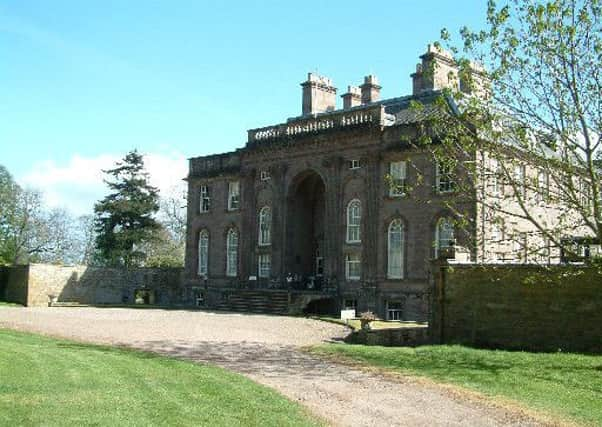14th century castle linked to John Knox discovered in Angus


Excavations in the grounds of the House of Dun, near Montrose, Angus, have revealed the location of the buildings which were erected by a Scottish nobleman in the 14th century.
The barony of Dun was bought by Sir Robert Erskine, of Erskine in Renfrewshire, around 1375. He commissioned the castle, along with a chapel dedicated to the Virgin Mary.
Advertisement
Hide AdAdvertisement
Hide AdRecent repair work to the Erskine family mausoleum on the estate revealed the foundations of the chapel.
Now archaeologists at the National trust for Scotland (NTS) and teenagers on the charity’s Trailblazer working holidays scheme have uncovered evidence of the castle.
The site has been noted on maps of the area since 1865, but it was not until recent investigations that the extent of the remains was known.
Experts believe the fortification was likely to have taken the form of a tower house surrounded by a curtain wall and ancillary buildings.
Detailed analyses of the mausoleum showed it had originally formed part of the 700-year-old chapel, which was believed to stand to the west of the original Dun Castle.
Advertisement
Hide AdAdvertisement
Hide AdHowever, a geophysical survey of the site the excavation has now pinpointed the structure’s exact location.
NTS archaeologist Dr Daniel Rhodes, who led the dig, said: “This discovery of the site of the Castle of Dun is one more piece in the jigsaw that is the House of Dun estate.
“We’re constantly learning more about this fascinating place.”
The fifth laird of Dun was active in the Reformation and John Knox is thought to have stayed at the castle while preaching at the chapel of Dun in 1555.
The castle was gutted in 1644 and a new mansion house was said to have been constructed near the site. The remains of an arch can still be seen in the walled garden.
Construction of the current House of Dun, designed by William Adam, began soon after.